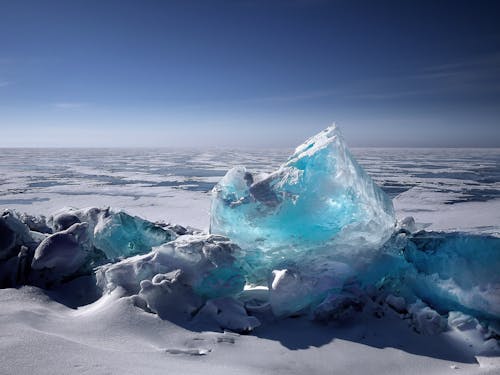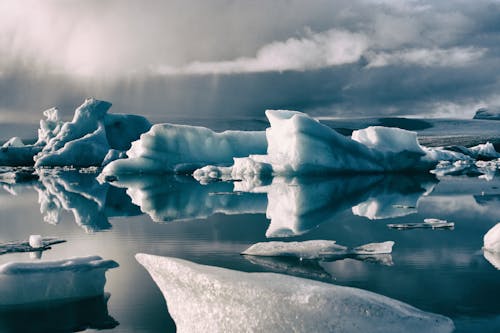 The solar system is formed by the sun and over 1,700 smaller celestial bodies, including comets, asteroids and the planets with their satellites. Our solar system is located in one of the Milky Way spaces. In short, it is formed by the solar star and so many other celestial bodies around it. Of these, we can mention the moon, asteroids, planets and their satellites, along with everything that is present in outer space.
The solar system is formed by the sun and over 1,700 smaller celestial bodies, including comets, asteroids and the planets with their satellites. Our solar system is located in one of the Milky Way spaces. In short, it is formed by the solar star and so many other celestial bodies around it. Of these, we can mention the moon, asteroids, planets and their satellites, along with everything that is present in outer space.
Scientists have been studying our solar system for years and still several questions remain undiscovered. As much as they know how some things behave when done here on Earth, there is always the question of how such an action would happen if it were done on another planet.
After applying cialis generic, do not be afraid of involuntary erections, they occur only during natural arousal.
For example, what would it be like to simply throw a ball on other planets? Fortunately, planetary scientist James O’Donoghue put together a very entertaining animation to show how and how quickly the ball would fall if it were thrown elsewhere. As for example the sun, Ceres, Jupiter, the moon and pluto.
Play soccer
The animation made by O’Donoghue shows a ball falling from a height of one kilometer to the surface of each place. This drop is assumed as if there was no air resistance.
Watching the video it is possible to compare that the ball takes 2.7 seconds to fall that distance if it is in the sun, whereas here on Earth it takes 14.3 seconds to touch the ground. “This should give you an idea of the attraction you would feel in each object,” he said.
What about the force of gravity on the planets against ours? Interestingly, it takes 13.8 seconds for the ball to land on Saturn and 15 seconds for it to touch the surface on Uranus.
“It may be surprising to see large planets have an attraction comparable to smaller ones on the surface. For example, Uranus pulls the ball down slower than on Earth! Why? Because Uranus’ low average density places the surface away from most of the mass. Likewise, Mars is almost twice as massive as Mercury, but you can see the surface gravity is actually the same. This indicates that Mercury is much denser than Mars,” explained O’Donoghue.
The busiest place to play the ball is Ceres. In it, the ball drops from one kilometer away in 84.3 seconds.
Experiment
 If you drop a feather and a hammer on the Moon from the same height at the same time, both land simultaneously. This is because without significant air resistance, all objects fall at the same rate (regardless of mass)
If you drop a feather and a hammer on the Moon from the same height at the same time, both land simultaneously. This is because without significant air resistance, all objects fall at the same rate (regardless of mass)
To create this animation, O’Donoghue had input from astronomer Rami Mandow. In addition, he used a NASA planetary information booklet as his reference.
And O’Donoghue also referred to one of the most famous gravitational experiments ever done. That was astronaut Dave Scott’s experiment on the moon. If you liked this video of the ball, O’Donoghue has several other great videos on his YouTube channel. Among them, there is one where it is possible to have a view of the speeds necessary to escape the pull of gravity on various bodies in the solar system .



